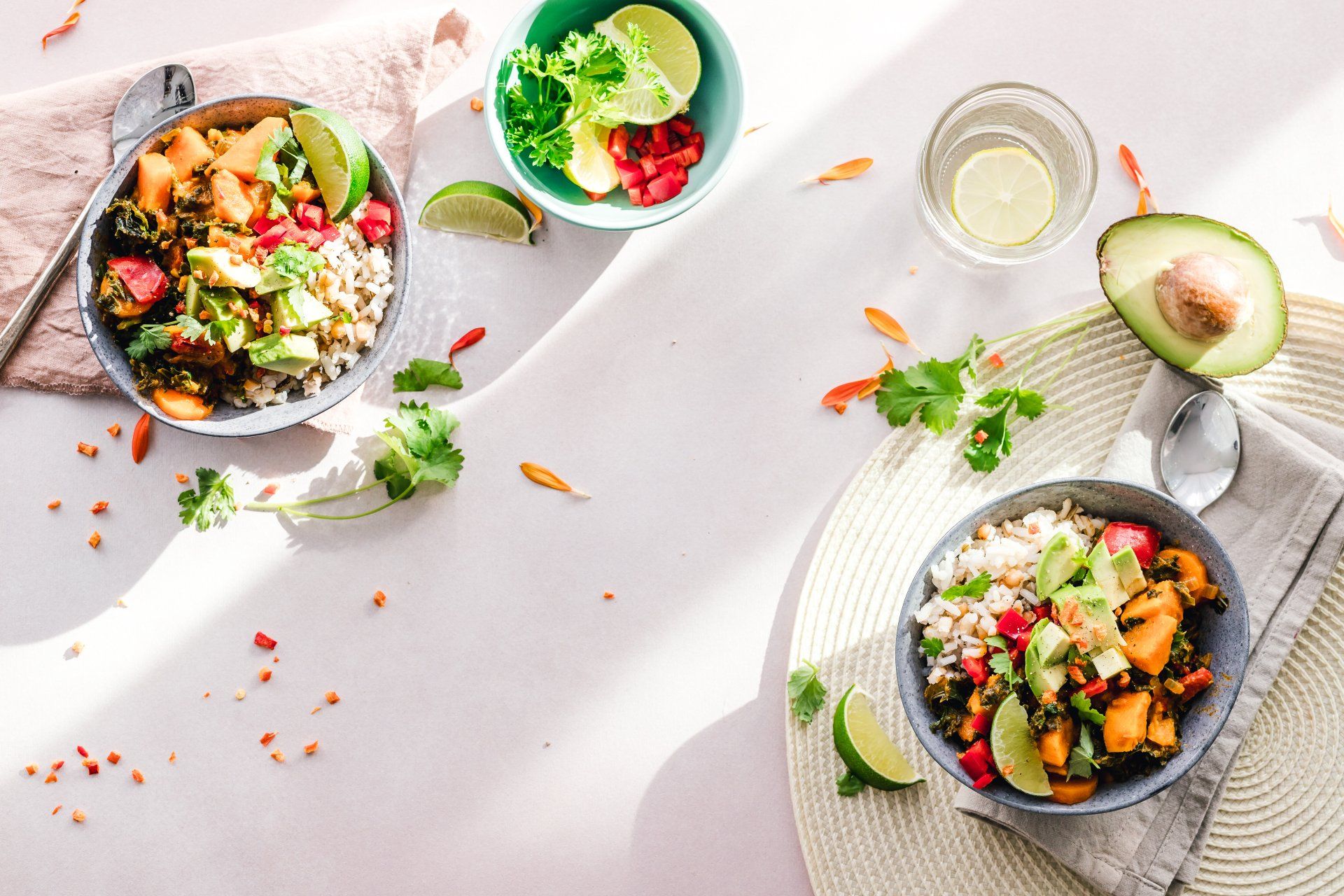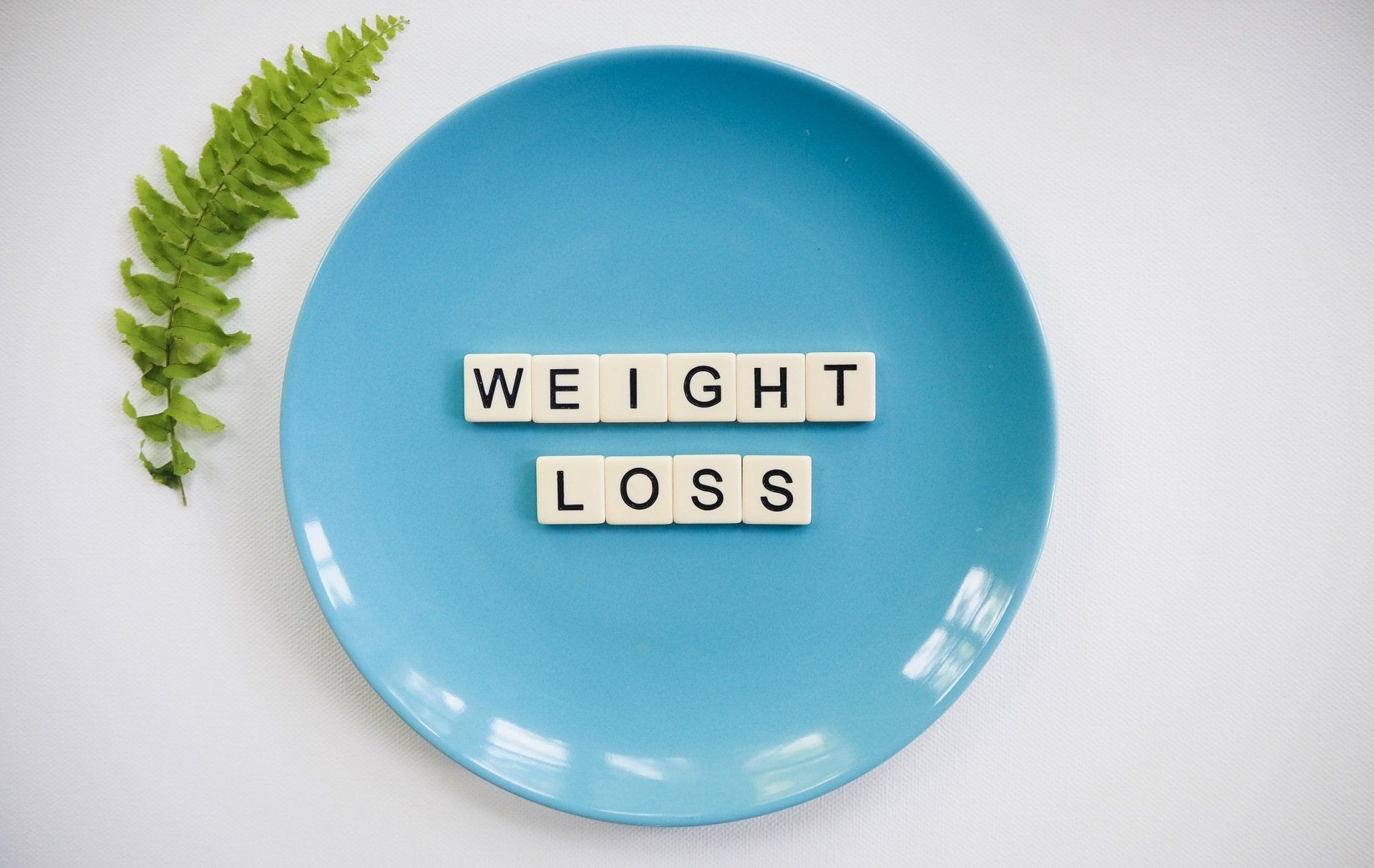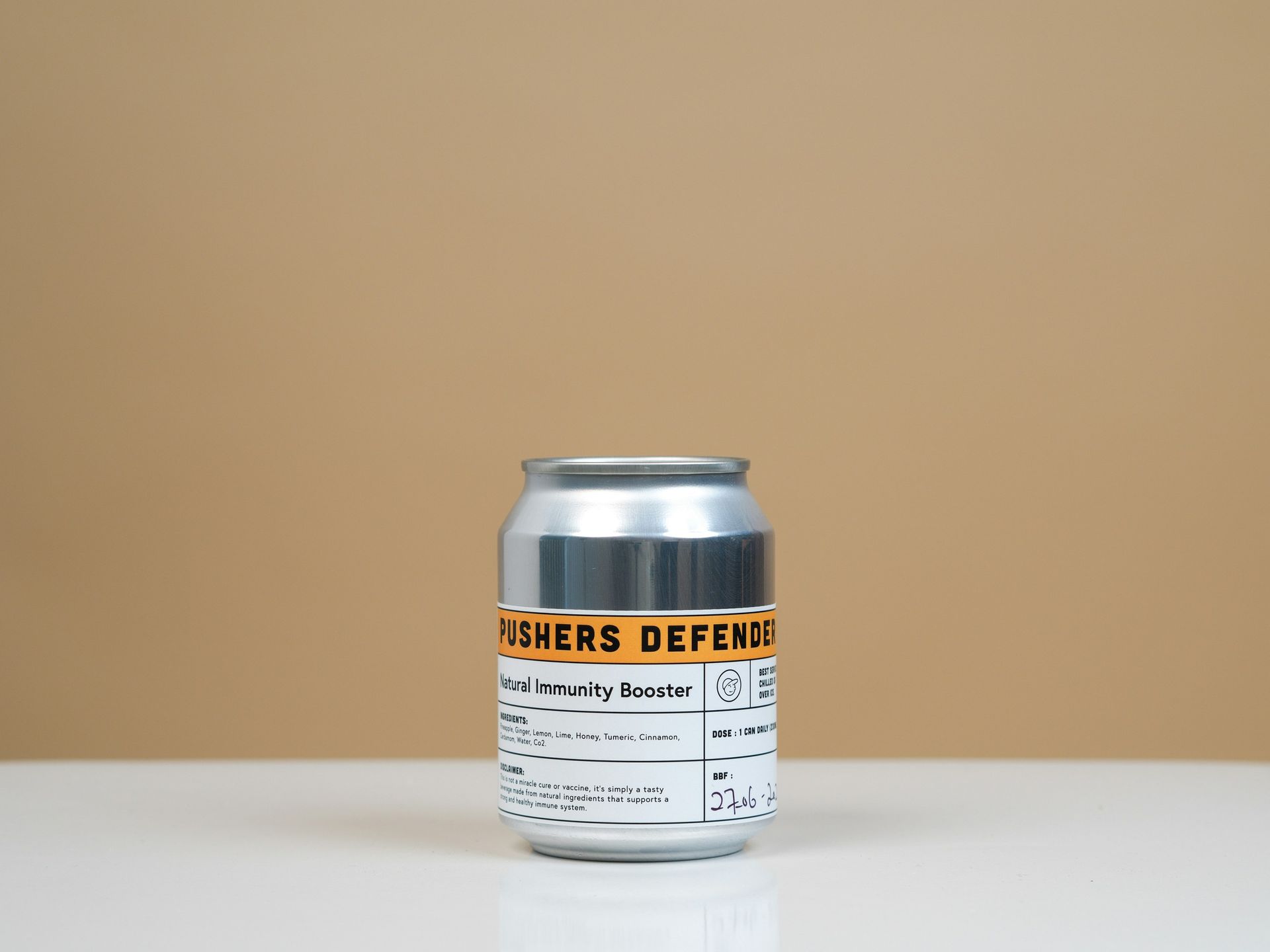Using FATS to fight cancer
Using FATS to fight cancer…
Hmmm, let me get this straight… you are telling ME to eat MORE fat in order to fight cancer???
The ketogenic diet is made up most mostly of fat, in fact, 70-75% of the daily allowance. Only 5-10 % is from carbohydrates and the rest is from protein. So isn’t there a danger in taking in too much fat? How about heart disease?!?!?
It may surprise you to know that a low carbohydrate, high fat diet if done properly, does not increase the risk of heart disease.
On the contrary, eating a high fat diet might actually decrease your risk of coronary artery disease.1,2
Not all fats are alike. There are good fats and bad. When we check our yearly fat (lipid) profile at the doctor’s office, we will see a breakdown of the numbers. The total cholesterol or TC. Then there is HDL or high density lipoproteins which are known as the good fat. LDL or low density lipoproteins are the bad fats, and the VLDL or very low density lipoproteins are the very, very bad fats. Triglycerides TG are another type of fat, which go up when we take in carbohydrates. Our doctor will tell us that we need more of the good fats (also known as HDL), and less of the bad fats LDL, VLDL and triglycerides.
For years, society has blamed cholesterol and saturated fats as the cause for heart disease and atherosclerosis. Saturated fats tend to be solid at room temperature, due to their chemical structure which has carbon atoms all strung together and attached to hydrogen atoms or other atoms without using any double bonds. As a result they are structurally very stable and are solid at ordinary room temperature.
For many years it was assumed that because this type of fat solidified quickly, it was natural to assume that saturated fats will just as quickly solidify within the body and clog our arteries.
The other incorrect assumption is that if you take in too much fat, you will naturally become fat!
Therefore it came to be that the popular health advice in the 1970s and 1980s consisted of promoting a high carbohydrate, low fat food as a “heart healthy” diet. Grocery shelves complied by increasing their stocks of low fat food items. People shunned whole milk and started buying skim or low fat milk products. Diets low in fat and heavy in carbohydrates and grains became popular and were felt to be the correct path to becoming healthy. Recently, it now is becoming clear that this was not the correct solution after all. Over the past half century many people lost weight, only to quickly regain it plus more. Ironically, we actually saw a RISE in heart disease, diabetes and cancer.
Why is the reason for this? These "heart healthy" low fat alternatives have fat removed and it their place manufacturers add fillers, usually in the form of starch and add loads of sugar to make up for the loss of palatability which is a consequence of the removal of the tasty fats. When one consumes ltoo much carbohydrate we easily gain weight, and also increase our levels of harmful CYTOKINES. Three of the most common cytokines are leptin, adiponectin (adipo means "fat") , and tumor necrosis factor-alpha (TNF-alpha). These proteins called CYTOKINES are found within and secreted by our white blood cells and also are found within the lining of blood vessels.
When excessive cytokines are released, inflammation rises. Inflammation is increasingly being linked to heart disease, diabetes, autoimmune disease and cancer.
How do atherosclerosis or blocked arteries develop? It Heart disease and blocked arteries first need inflammation to trigger damage to the blood vessel walls.
A good rule of thumb would be “ BREAD AND BUTTER SHOULD NOT MIX”. In other words, if you like to eat butter, better shy away from bread.
When you consume carbohydrates (starches, bread), they turn into glucose. When glucose levels become high, the inflammation in blood vessel walls increases. High blood glucose and carbohydrates also stimulate the liver to increase the production of certain fats called triglycerides and also to produce high levels of the bad fats. Bad fats (called LDL and VLDL) levels increase, and bring a rise in fatty acid production.
These bad fats VLDL (very low density lipoproteins) and LDL (low density lipoproteins) also contain cholesterol. When the blood vessel wall is attacked by high glucose and inflammation, the VLDL and LDL easily deposit their cholesterol into the wall of the blood vessels. Arteries become clogged and heart disease develops.
Emerging evidence now show that a low carbohydrate, high fat diet did better than a low fat, high carbohydrate diet in terms of improving cholesterol levels, and achieving overall weight loss. 3,4,5,6,7,8 Low-carbohydrate, high fat diets also were more effective in lowering inflammation. 7,8
Inflammation is blamed for the growing list of chronic medical diseases such as diabetes, arthritis and neurodegenerative diseases, and cancer.
Thanks to modern medicine, we can now measure inflammation in the blood. A blood test called CRP or C-reactive protein, we see levels increase when there is inflammation. Studies show that low carbohydrate diets decreased the concentration of C-reactive protein better than a conventional diet. Other markers of inflammation (leptin, adiponectin and tumor necrosis factor alpha) also decreased with a low carbohydrate diet. 9–11
I am not advocating that you can eat all the fat that you can. But do keep an eye out on the percentage of fat consumed, and choose fats wisely. The inuit Eskimos survive on a diet high in fat and barely have any cancer. Their fat is mostly of the omega-3 type, the kind which elevates your good HDL cholesterol and lowers your triglycerides. The younger Eskimos who live closer to town, eating the modern diet that we now are used to, are slowly acquiring the diseases of modern man. http://discovermagazine.com/2004/oct/inuit-paradox.
When fat is consumed in the absence of carbohydrates, the body naturally has to use the existing fat and protein for energy and as a result, there is weight loss. Unlike the spiraling weight loss that is seen in very advanced cancer, this type of weight loss is controlled.
Which fat is better? Not all fats are alike.
Omega-6 versus Omega -3
Oils with high omega 6 fatty acids like safflower and corn oil can increase inflammation, and along with it, higher risks of heart disease and cancer.
Oils high in omega -3 fatty acids such as fish oil, can protect against these diseases.12–14
A study of human evolution reveals that humans began with a diet consisting of a ratio of omega-6 to omega-3 essential fatty acids of approximately 1:1. The Western diet now has a disproportionately abnormal ratio of 17:1.
Fast food and highly processed foods are the usual suspects. (Say goodbye to processed cupcakes!) This high omega-6/omega-3 ratio makes one more prone to developing the diseases of modern mankind, such as heart disease, autoimmune disorders, diabetes, and cancer.
Unsaturated versus saturated?
Saturated fats are made of chains of carbon atoms tied together by single bonds. Unsaturated fats have a chemical structure that consists of chains of carbon atoms © and some of these atoms are tied together by one or more double bonds. They may have less hydrogen atoms per carbon atom and as a result they have to use double bonds to keep their structure intact and are less stable than saturated fats. These areas where the carbon atom is replaced by a double bond are more prone to attack by free radical damage. When heat or radiation strikes, these become places where damage is inevitable. Examples of these vulnerable fats /oils are those that come from grains (corn oil, peanut oil, sunflower seed oil, and vegetable oil, etc.). I prefer to use saturated fats like coconut oil or good old butter. Olive oil has one double bond, so it too is prone to oxidative damage, but to a lesser degree than other unsaturated oils. I therefore prefer olive oils to vegetable oils such as corn, sunflower or peanut. If using olive oil, it is better to just drizzle it on salads, and if you have to cook with it, better to use only for light frying or baking, but avoid grilling or deep frying with it.
Do you prefer it steamed, boiled , grilled or fried?
The way we cook can also affect the damage to these oils and make them more pro-inflammatory. Cooking in high heat (deep frying or grilling and broiling) or cooking with acid can increase oxidation of unsaturated fats. Microwaving food can also cause oxidative damage to these fats. Better to cook using baking or steaming methods where the heat is not as sudden or high.
Why isn't the diet working?
Sometimes we find that a ketogenic diet is not always effective in cancer patients. This may be true, especially if one does not lose weight. Despite the lack of available sugar, persistent inflammation from other hidden sources may be still present. Patients with high amounts of body fat often have high amounts of leptin. Leptin was discovered in 1994. It is a hormone naturally found within fat tissue and plays an important role in appetite regulation and weight control. Leptin by itself is pro-inflammatory. High leptin levels are linked to increased breast cancer risk.15,16
A commercially available leptin inhibitor is not yet in sight. However, decreasing the amount of body fat by way of low carb dieting is obviously one way to decrease leptin levels. Vitamin D , which brings down inflammation, is another way to decrease leptin levels.15 What other food have anti-inflammatory and anti-oxidant effects? Another topic for another day.
It all ties together, glucose--->fat--->inflammation. To be more effective in the fight against cancer, one must bring all three down.
- Seshadri P, Samaha FF, Stern L, et al. Adipocytokine changes caused by low-carbohydrate compared to conventional diets in obesity. Metab Syndr Relat Disord. 2005;3(1):66-74. doi:10.1089/met.2005.3.66.
- Rothstein WG. Dietary fat, coronary heart disease, and cancer: A historical review. Prev Med (Baltim). 2006;43(5):356-360. doi:10.1016/j.ypmed.2006.07.013.
- Vidali S, Aminzadeh S, Lambert B, et al. Mitochondria: The ketogenic diet - A metabolism-based therapy. Int J Biochem Cell Biol. 2015;63:55-59. doi:10.1016/j.biocel.2015.01.022.
- Garg a, Grundy SM, Unger RH. Comparison of effects of high and low carbohydrate diets on plasma lipoproteins and insulin sensitivity in patients with mild NIDDM. Diabetes. 1992;41(10):1278-1285. doi:10.2337/diabetes.41.10.1278.
- Hudgins LC. Effect of high-carbohydrate feeding on triglyceride and saturated fatty acid synthesis. In: Proceedings of the Society for Experimental Biology and Medicine. Vol 225. ; 2000:178-183. doi:10.1046/j.1525-1373.2000.22521.x.
- Halton TL, Willett WC, Liu S, et al. Low-carbohydrate-diet score and the risk of coronary heart disease in women. N Engl J Med. 2006;355(19):1991-2002. doi:10.1056/NEJMoa055317.
- Foster GD, Wyatt HR, Hill JO, et al. Weight and metabolic outcomes after 2 years on a low-carbohydrate versus low-fat diet: A randomized trial. Ann Intern Med. 2010;153(3):147-157. doi:10.7326/0003-4819-153-3-201008030-00005.
- Yancy WS, Olsen MK, Guyton JR, Bakst RP, Westman EC. A Low-Carbohydrate, Ketogenic Diet versus a Low-Fat Diet to Treat Obesity and Hyperlipidemia: A Randomized, Controlled Trial. Ann Intern Med. 2004;140(10):769-777+I. doi:10.1038/nm0603-677.
- Randomized a, Trial C. Annals of Internal Medicine Article A Low-Carbohydrate , Ketogenic Diet versus a Low-Fat Diet To Treat Obesity and Hyperlipidemia. Ann Intern Med. 2004;140:769-779. doi:10.1038/nm0603-677.
- Dupuis N, Curatolo N, Benoist JF, Auvin S. Ketogenic diet exhibits anti-inflammatory properties. Epilepsia. 2015;56(7):e95-e98. doi:10.1111/epi.13038.
- Ruskin DN, Kawamura M, Masino SA. Reduced pain and inflammation in juvenile and adult rats fed a ketogenic diet. PLoS One. 2009;4(12). doi:10.1371/journal.pone.0008349.
- Wall R, Ross RP, Fitzgerald GF, Stanton C. Fatty acids from fish: The anti-inflammatory potential of long-chain omega-3 fatty acids. Nutr Rev. 2010;68(5):280-289. doi:10.1111/j.1753-4887.2010.00287.x.
- Simopoulos AP. The importance of the omega-6/omega-3 fatty acid ratio in cardiovascular disease and other chronic diseases. Exp Biol Med (Maywood). 2008;233(6):674-688. doi:10.3181/0711-MR-311.
- Bagga D, Capone S, Wang HJ, et al. Dietary modulation of omega-3/omega-6 polyunsaturated fatty acid ratios in patients with breast cancer. J Natl Cancer Inst. 1997;89(15):1123-1131. doi:10.1093/jnci/89.15.1123.
- Menendez C, Lage M, Peino R, et al. Retinoic acid and vitamin D(3) powerfully inhibit in vitro leptin secretion by human adipose tissue. J Endocrinol. 2001;170(2):425-431.
- Gonzalez-Perez RR, Xu Y, Guo S, Watters A, Zhou W, Leibovich SJ. Leptin upregulates VEGF in breast cancer via canonic and non-canonical signalling pathways and NF??B/HIF-1?? activation. Cell Signal. 2010;22(9):1350-1362. doi:10.1016/j.cellsig.2010.05.003.





